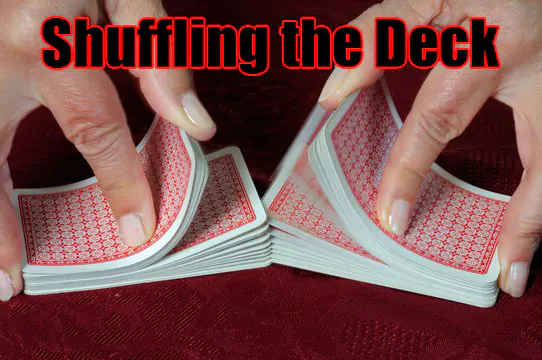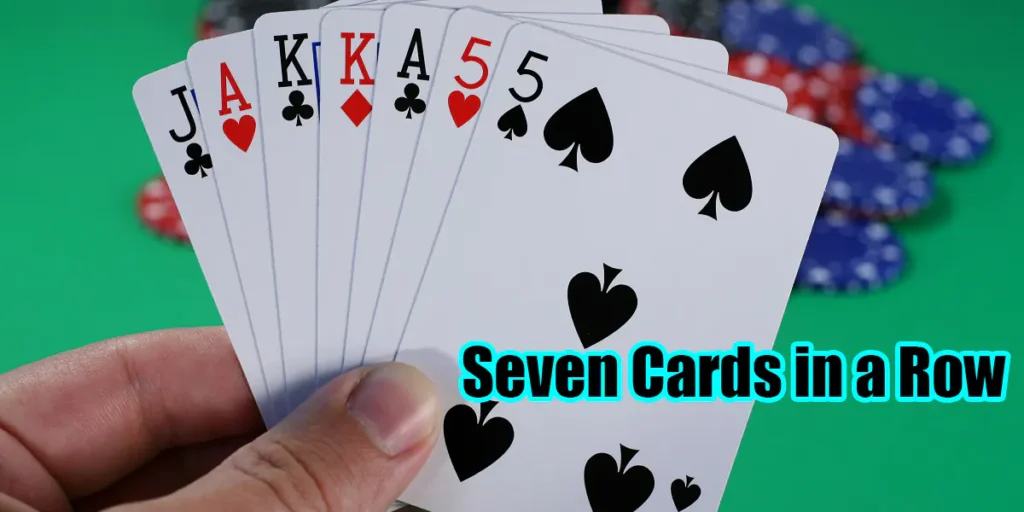Solitaire, a game that has stood the test of time, is a classic card game that’s perfect for a quiet moment of solitary relaxation. It’s a game that requires strategy, patience, and a bit of luck.
In my opinion, the beauty of Solitaire lies in its simplicity and the fact that it’s designed for solo play. It’s a game that you can enjoy at your own pace, without the need for any other players.
Understanding Solitaire
What is Solitaire?
Solitaire, also known as Klondike, is a single-player card game that involves moving all cards in a deck into four suit-specific foundation piles in ascending order, beginning with the aces.
Key Solitaire Terms
Before we delve into the setup, it’s important to familiarize ourselves with some key Solitaire terms such as Tableau, Stock, Waste, and Foundation.
Preparing for the Game

Shuffling the Deck
To ensure a fair game, start by thoroughly shuffling a standard 52-card deck. This ensures a good mix of cards, which is essential for a challenging game of Solitaire.
Identifying the Space for Your Discard Pile
Next, identify a space to the right of your play area for your discard pile, also known as the Waste. This is where you’ll place cards from the stock that can’t be played immediately.
Leaving Room for Your Foundation Piles
Lastly, leave some room above your tableau for your foundation piles. This is where you’ll be moving cards as you play the game.
Setting Up Solitaire
Dealing the Cards: A Step-by-Step Guide

Deal Seven Cards in a Row
Begin by dealing seven cards in a row from left to right. The first card should be face up and the rest face down.
Skip the First Card and Then Deal Six Cards
Next, skip the first card and deal six more cards, with the first card face up and the rest face down.
Count Over to the Third Card and Then Deal Five Cards
Repeat the process, this time starting from the third card. Deal five cards, with the first card face up and the rest face down.
Deal Four Cards Starting with the Fourth Stack
Starting from the fourth card, deal four cards, with the first card face up and the rest face down.
Skip the First Four Cards and Deal Three
Skip the first four cards and deal three cards, with the first card face up and the rest face down.
Count Over to the Sixth Card and Then Deal Two
Count over to the sixth card and deal two cards, with the first card face up and the rest face down.
Deal One Last Card Face Up
Finally, deal one last card face-up on the seventh stack.
Placing the Remaining Cards Face Down
The remaining cards form your stockpile. Place this pile faces down above the tableau on the left-hand side.
Playing Solitaire
Learning the Object of the Game
The objective of Solitaire is to move all the cards from the tableau and the stock to the foundation piles, following suit and in ascending order from Ace to King.
Drawing and Placing Cards
Draw cards from the stock one at a time. If you can’t play the card, move it to the waste pile.
Moving and Flipping Face-Up Cards
You can move cards between columns in the tableau to uncover face-down cards, which can then be flipped over and played.
Reusing the Discard Pile
If you’ve exhausted your stockpile, don’t worry! You can flip over your waste pile and it becomes your new stockpile.
Transferring Cards to the Foundation Piles to Clear Them
As you progress in the game, you’ll start moving cards to the foundation piles. Remember, each pile should be of the same suit and arranged in ascending order from Ace to King.
Solitaire Strategies
Essential Tips for Winning Solitaire
In my experience, a good Solitaire strategy involves careful planning and patience. Always try to expose the face-down cards in the tableau as soon as possible, and try to keep the waste pile as small as you can. For more tips and strategies on winning at Solitaire, check out our blog post on how to win a Solitaire match.
Common Mistakes to Avoid
One common mistake to avoid is moving cards to the foundation too quickly. Sometimes, it’s better to keep cards in the tableau or in the waste for a while, as they can provide more flexibility in your moves.
Exploring Variations of Solitaire
Popular Solitaire Versions and Their Setups
Once you’ve mastered classic Solitaire, why not try some of its popular variations like Spider Solitaire, FreeCell Solitaire, or Pyramid Solitaire? Each of these games has its own unique setup and rules, offering fresh challenges and fun.
Conclusion
Recap of the Steps and Strategies
We’ve covered a lot in this article, from the basic setup and rules of Solitaire to some strategic tips and common mistakes to avoid. Remember, Solitaire is a game of patience and strategy, and the more you play, the better you’ll get!
Encouragement for the Reader to Start Playing
So, why wait? Grab a deck of cards and start playing! Whether you’re a seasoned player or a complete beginner, there’s always a new challenge waiting in a game of Solitaire.
Additional Resources
Things You’ll Need for Playing Solitaire
All you need to play Solitaire is a standard 52-card deck and a flat surface. A bit of quiet and concentration can also go a long way!
Recommended Further Reading or Learning Materials
For those interested in delving deeper into Solitaire strategies or learning more about its variations, there are numerous books and online resources available.
Happy playing!
Frequently Asked Questions
How many hands are possible in Solitaire?
The number of possible hands in Solitaire is virtually limitless. Given the random shuffling of a 52-card deck, there are over 8×10^67 possible arrangements of the deck. However, not all of these would result in a winnable game.
How many columns are in Solitaire?
In a standard game of Solitaire, there are seven columns. These columns form the tableau where most of the action takes place.
Does Solitaire have 6 or 7 rows?
Solitaire has seven rows, not six. The rows are formed as you deal with the cards at the beginning of the game, with each row having one more card than the row before it.
How many cards do you lay out for Solitaire?
When setting up a game of Solitaire, you lay out 28 cards into the tableau. This forms seven piles or rows, with each pile containing one more card than the last. The first pile contains one card, the second pile two cards, and so on, up to the seventh pile which contains seven cards.
